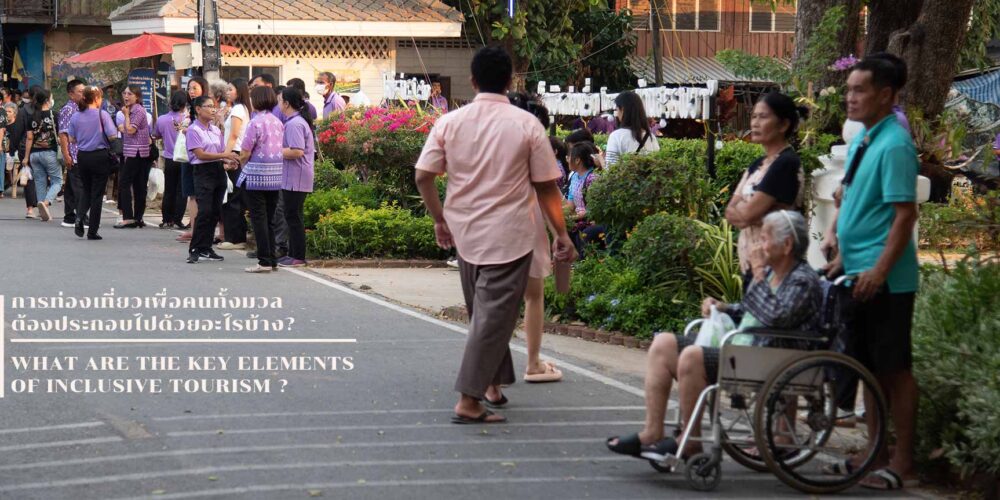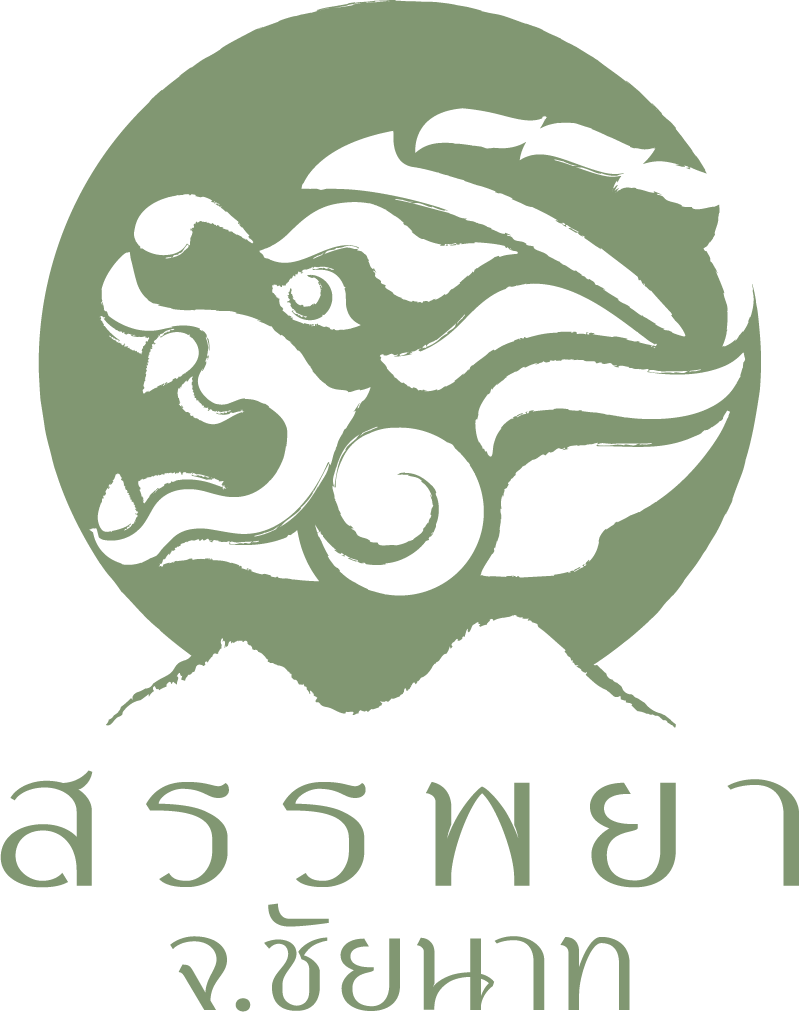
What are the key elements of inclusive tourism ?
Inclusive Tourism: Building a Travel Experience for Everyone
Travel can be a source of joy and adventure, allowing people to explore new cultures, places, and experiences. However, not everyone has equal access to these opportunities. Inclusive tourism is a concept that focuses on creating travel experiences accessible to all, regardless of disabilities, age, language barriers, or other factors. In this blog, let's explore key elements that contribute to building inclusive tourism for everyone.
- Accessibility and Facilities One of the most crucial aspects of inclusive tourism is ensuring physical accessibility. This involves designing tourist destinations with ramps, elevators, and other facilities for wheelchair users and those with mobility challenges. Additionally, providing clear signage and information, including braille and audio systems for visually impaired visitors, is essential for a truly accessible experience.
- Training and Awareness Staff working in the tourism industry must be trained to understand and accommodate the needs of diverse travelers. Training sessions on effective communication and how to respond to the needs of people with disabilities are vital to ensure that everyone receives the best possible service.
- Diverse Experiences Inclusive tourism should offer a range of activities and experiences that cater to different needs. For example, providing low-impact activities for older adults or those with special requirements and creating comfortable rest areas are great steps. Additionally, offering sign language interpreters or real-time translation services can enhance accessibility for those with hearing impairments or language barriers.
- Community Involvement Inclusive tourism should foster connections with local communities, allowing them to participate in the design and execution of tourism activities. Supporting local artisans and promoting local cultures and traditions can create diverse and meaningful experiences for visitors while contributing to the community's well-being.
- Leveraging Technology for Accessibility Technology can play a significant role in enhancing accessibility in tourism. Using navigation apps, accessible online booking systems, and digital information that caters to people with disabilities are effective ways to make travel more inclusive. Virtual tours and augmented reality experiences can also benefit those who can't physically visit certain locations.
Conclusion Inclusive tourism promotes accessibility and creates experiences that cater to everyone. By improving facilities and services, training staff to be more aware and accommodating, and using technology to enhance accessibility, we can build a tourism industry where everyone feels welcome and included. Through these efforts, we can create a world where everyone can enjoy the wonders of travel equally and joyfully.



